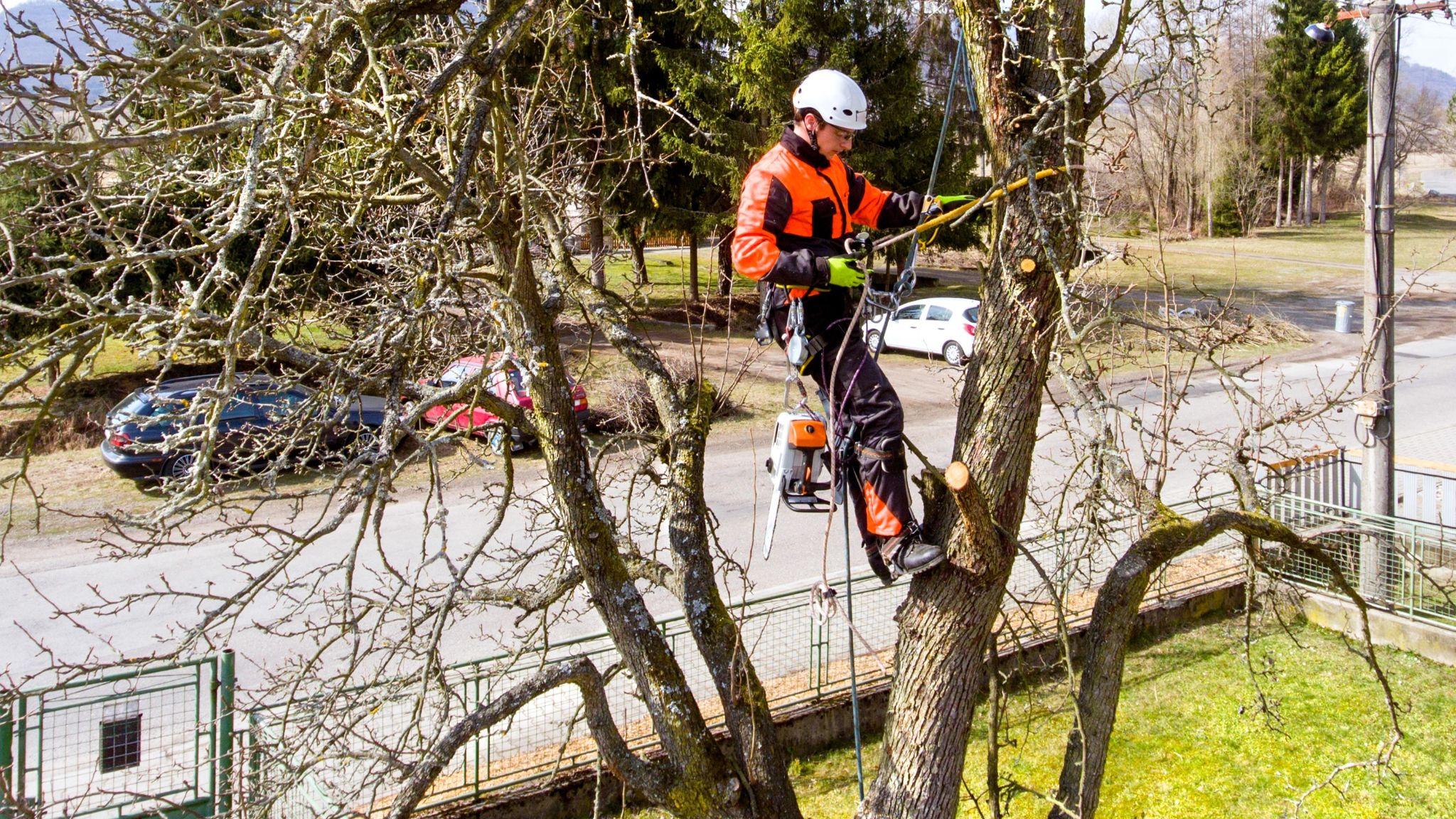Tree pruning is a fundamental practice for anyone looking to maintain healthy, attractive, and safe trees. It involves the careful removal of selected branches, buds, or roots, and when done correctly, can significantly enhance both the structure and vitality of a tree. In a country like Australia—known for its wide-ranging climates—knowing the right time to prune can make all the difference.
With conditions ranging from tropical humidity to temperate coolness and arid heat, pruning schedules vary significantly across regions. This guide is designed to help you navigate those differences so you can confidently time your pruning to support tree health and growth across Australia.
Understanding Tree Pruning and Its Benefits
Pruning offers a range of benefits beyond just making your trees look neat. It’s an essential part of tree care, whether you’re maintaining your backyard or managing a larger landscape.
One of the key advantages of pruning is improved tree health. By removing dead, diseased, or overcrowded branches, you reduce the risk of pests and fungal infections, while also allowing more light and airflow into the canopy.
From a design perspective, pruning helps shape trees to suit your landscape’s style or space limitations. Whether you’re maintaining a formal garden or keeping street trees from growing into power lines, proper trimming helps achieve your goals safely.
And speaking of safety, pruning is also important for preventing hazards. Weak or overhanging branches can pose real risks to people, pets, and property. Regular pruning helps reduce those dangers, particularly in storm-prone or high-wind areas.
Regional Climate Variations and Their Impact on Pruning Schedules
Australia is renowned for its wide range of climate zones, each with distinct characteristics that impact how and when trees should be pruned. The country’s climates range from tropical to arid, bringing unique challenges and opportunities for tree maintenance.
In the tropical climates of Northern Australia, trees grow rapidly, and regular pruning is often necessary to manage their exuberant growth. Conversely, temperate regions such as Southern Australia experience slower, more predictable growth patterns, making them ideal for a more systematic approach to pruning.
Arid areas in Central Australia, characterised by harsh conditions, present the challenge of maintaining tree health with limited water availability. The pruning needs here must be adapted to conserve water and energy for the trees.
Ultimately, different climates necessitate distinct pruning strategies. Awareness of these climatic nuances ensures that pruning schedules are aligned with tree growth patterns, promoting better health and appearance.
Seasonal Guide to Pruning in Different Australian Regions
Understanding the optimal pruning times across various Australian regions is crucial for tree health and management. Here’s a seasonal guide tailored to the unique climates of Northern, Southern, Eastern, and Central Australia.
- Northern Australia (Tropical Climates): Tropical climates mean that trees grow quickly year-round. The wet season, from November to April, is not ideal for pruning due to excessive sap flow and potential disease transmission. Instead, the dry season, from May to October, is preferable for pruning most tropical species. For specific trees like mangoes and frangipanis, post-harvest is often the best time to prune.
- Southern Australia (Temperate Climates): Southern Australia experiences temperate climates with more defined seasons. Winter, particularly late winter before spring growth starts, is an optimal time to prune deciduous trees. Pruning in the dormant season helps minimise sap loss and reduces the risk of disease.
- Eastern and Western Coastal Regions: Eastern and Western Australia experience varied climates within their regions. In the south-eastern coastal areas where conditions are milder, late winter to early spring is suitable for pruning, aligning with the wetter months that follow. Conversely, more arid zones require a different approach, focusing on water conservation and avoiding heavy pruning during extreme heat spells.
- Central Australia (Arid Zones): Central Australia’s arid climate presents unique challenges. Pruning here should focus on maintaining structural integrity and reducing wind resistance. It’s best to perform minor, necessary cuts during cooler months to prevent stress and conserve energy.
By understanding these seasonal variations, tree owners can optimise their pruning efforts to coincide with the specific growth patterns dictated by their regional climates.
Best Practices for Pruning Various Tree Types
The type of tree being pruned often dictates specific pruning methods and timing. Let’s explore best practices for different categories, including fruit trees, native Australian species, ornamental trees, and invasive species.
For fruit trees, pruning is essential for maximising yield and maintaining tree health. Generally, fruit trees are pruned in late winter or early spring for best results. This timing encourages vigorous growth and optimal fruit production. Pruning should focus on removing dead or weak branches, thinning out crowded areas to allow sunlight penetration, and shaping the tree for even growth.
Native Australian trees, like eucalypts and wattles, play a crucial role in maintaining ecological balance. Pruning these species requires a gentle touch to preserve habitat values. Avoid heavy pruning, which can stress trees and negatively impact local wildlife dependent on the native flora. Instead, opt for light trimming throughout the year, focusing on deadwood or hazardous branches.
Ornamental trees are often pruned with an aesthetic focus. Specific guidelines depend on the species, but in general, formative pruning when the tree is young helps shape it according to design preferences. Later, regular light pruning maintains the desired form and health. Always consider the tree’s natural shape and growth habits before pruning to avoid unnatural appearances.
Invasive species pose ecological challenges and may have legal restrictions surrounding their pruning or removal. Always check local regulations before undertaking work on invasive trees. Pruning invasive species may aim to limit their spread and negative environmental impacts, so a methodical and cautious approach is essential.

Tools and Techniques for Effective Tree Pruning
Having the right tools and using proper techniques can make all the difference in your pruning outcomes.
- Basic Tool Kit:
Invest in clean, sharp tools like pruning shears, loppers, pruning saws, and pole pruners for high branches. Keeping them in good condition ensures clean cuts that heal faster. - Types of Pruning Cuts:
- Thinning cuts remove branches entirely, improving airflow and structure.
- Reduction cuts shorten a branch to reduce its length or volume.
- Heading cuts reduce height or spread but should be used sparingly to avoid encouraging weak regrowth.
- Safety First:
Always wear gloves, eye protection, and sturdy footwear. If you’re using ladders or pruning near power lines, it’s best to call in a qualified arborist. When in doubt, leave complex or high-risk jobs to the professionals.
And if you’re wondering about the financial side of things, this tree pruning cost guide can help you plan your budget wisely.
Final Thoughts: Pruning with Purpose
Understanding the optimal pruning times and employing effective techniques is vital for maintaining healthy, aesthetically pleasing, and safe trees. By adhering to regional and seasonal guidelines in Australia, tree owners can ensure robust growth and minimal damage. When it comes to tree maintenance, consider seeking professional advice for complex needs.
Prioritising tree health and safety through informed pruning practices is an investment in the long-term vitality and beauty of your landscape. By following this seasonal guide, you can enjoy the benefits of well-maintained trees across Australia’s diverse climates.








